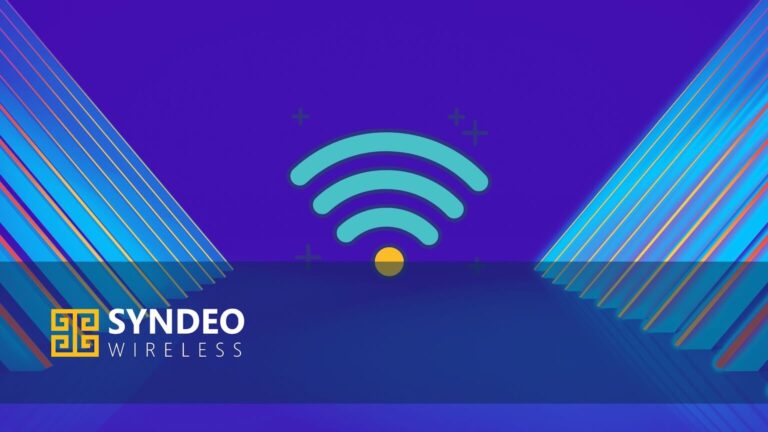Why Seamless Connectivity Has Become a Core Amenity in Modern Residential Living
For years, property developers and asset managers have invested in tangible upgrades to attract and retain residents—fitness centers, rooftop lounges, coworking spaces, and smart home integrations. But in today’s always-connected world, one feature is quietly becoming more influential than all the rest: wireless connectivity.
Specifically, Distributed Antenna Systems (DAS) and high-performance Wi-Fi are no longer considered tech perks. They are foundational infrastructure—as essential as running water and electricity. And increasingly, they’re proving to be powerful drivers of both resident satisfaction and long-term property value.
Connectivity Is the New Curb Appeal
Research shows that over 80% of mobile usage happens indoors, yet many residential buildings—especially those built with concrete, steel, and Low-E glass—struggle to deliver consistent cell service and Wi-Fi throughout.
Dropped calls in elevators, dead zones in parking garages, or laggy video calls in the living room aren’t just annoyances. For today’s renters and buyers, they’re deal breakers.
In fact, a survey by the National Multifamily Housing Council (NMHC) found that high-speed internet and strong mobile signal ranked among the top three amenities influencing leasing decisions—above gyms, pools, and even in-unit laundry.
How DAS Solves the Signal Problem
DAS (Distributed Antenna Systems) address one of the biggest pain points in modern high-density housing: indoor cellular coverage. These systems distribute cellular signal throughout a building using a network of antennas and amplifiers, ensuring uniform coverage in every unit and common space, including:
- Elevators and stairwells
- Parking garages and basements
- Amenity areas and rooftops
- Lobbies and mailrooms
More importantly, DAS supports multi-carrier connectivity, meaning residents get reliable service whether they use AT&T, T-Mobile, or Verizon. This removes friction for prospective tenants and avoids complaints post-lease.
Why Wi-Fi Still Matters—A Lot
While DAS handles mobile coverage, Wi-Fi remains essential for high-speed data, streaming, smart devices, and work-from-home productivity. The key difference is that Wi-Fi performance is often the first thing a resident notices upon move-in.
Poor Wi-Fi coverage in a single corner of the unit can impact their perception of the entire building. That’s why modern residential buildings must invest in:
- Property-wide Wi-Fi coverage, not just in amenity spaces
- Network segmentation for security (resident, staff, and guest access)
- Managed Wi-Fi solutions to monitor uptime and performance
- Bandwidth scalability to meet the increasing demand for 4K streaming, video calls, and smart home automation
Wi-Fi isn’t just an internet connection—it’s an experienced driver, and residents increasingly expect it to just work, everywhere and all the time.
Resident Retention Starts With a Strong Signal
Consider the leasing lifecycle. Residents touring a property often run speed tests on their phones. If they can’t load a webpage or make a call in the unit, they move on. If they experience chronic buffering or dropped Zoom calls after move-in, they’re unlikely to renew.
Conversely, when connectivity is seamless, it becomes invisible infrastructure—quietly enabling residents to live, work, and stream without interruption. That’s the environment people want to stay in.
High-performance DAS and Wi-Fi systems also enable smart building features that modern residents love:
- Mobile access control and keyless entry
- Smart thermostats and lighting
- On-demand maintenance requests and concierge services
- Integrated resident apps and communication tools
Property Value Gains Beyond Retention
On the investment side, ho and enterprise-grade Wi-Fi see measurable increases in net operating income (NOI) and asset valuation. Here’s how:
- Faster lease-up periods due to market differentiation
- Higher renewal rates, reducing turnover and vacancy
- Premium pricing potential based on modern tech infrastructure
- Future-proofing against tenant demands and tech upgrades
Investors and buyers increasingly see connectivity as a utility, not an upgrade. Properties that lack reliable coverage are often flagged as risk-prone or underperforming in competitive markets.
Final Takeaway: Build for Connectivity First
Developers who wait until the final construction phase—or worse, post-occupancy—to address in-building wireless are putting their property performance at risk. Retrofitting is not only more expensive, it may result in resident dissatisfaction and longer lease-up times.
Instead, plan for DAS and Wi-Fi like you would for plumbing or HVAC. By prioritizing seamless connectivity from the blueprint stage, property teams can unlock:
- Higher tenant satisfaction
- Greater operational efficiency
- Stronger market positioning
- And ultimately, a more valuable, future-ready asset
In today’s real estate market, buildings that connect well retain well—and appreciate faster.




